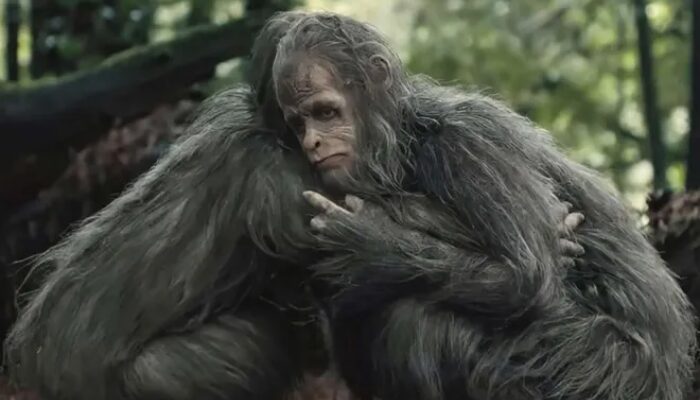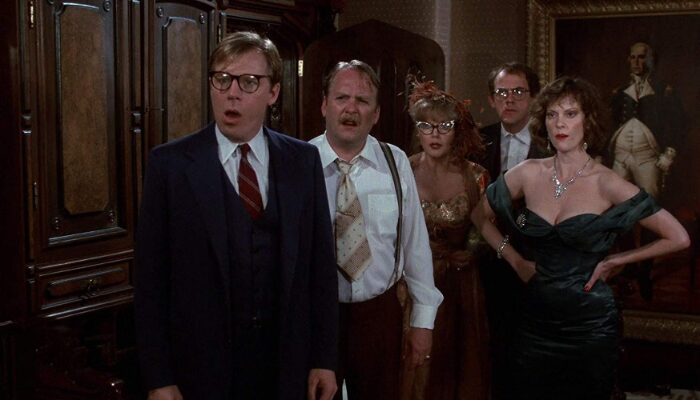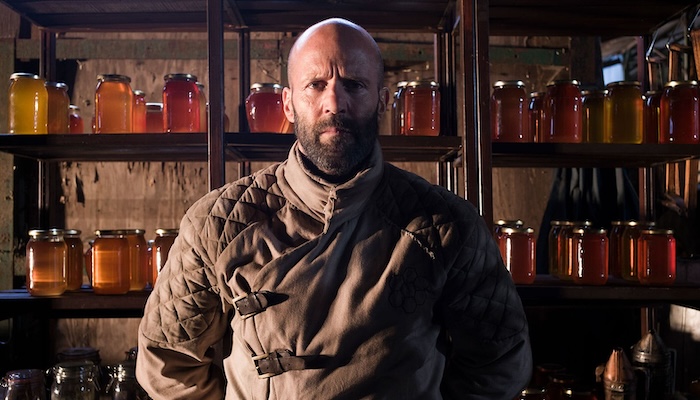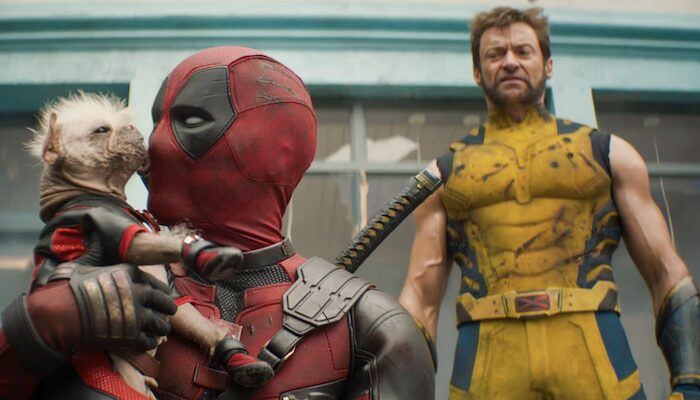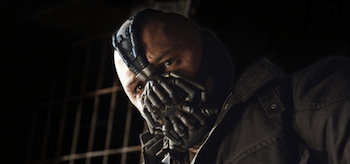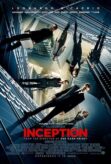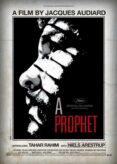Film Review: Public Enemies (2009)
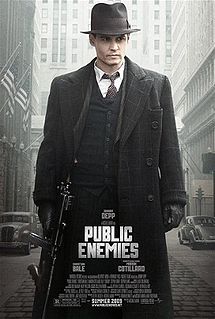
Prolific bank robber John Dillinger (Johnny Depp), is first presented as a successful, professional bank robber, icon-a-sized and admired by the public (he never steals from people depositing in the banks he robs). He is a quasi-Robin Hood, a poor man that steals from the rich and insured to make himself rich. Many people admire that about him, especially during the economic hardships of that time period. He is personified more as a rogue, a thorn in upper society’s heel, than a murdering criminal in newspaper and on the radio, even though that is exactly what he is.
Soon the criminal climate changes for crooks of Dillinger’s persuasion. Crime becomes organized and that organization’s longevity is threatened by the sophomoric antics of Dillinger and his brethren. The more face time they garner in newspapers, the more the FBI turns the heat up, which is bad for organized crimes’ business. Dillinger finds himself at an underworld crossroads, a criminal outcast and a dinosaur, destined for unceremonious extinction. Dillinger and his associates soon become desperate and begin breaking their own rules, leading to their further decline.
There are seven key moments in Public Enemies that make this film worth seeing. The first is the capture of Dillinger when is escorted at night by police and his fans line the street. At first he looks at them, then he smiles and then he gives them a curt wave with handcuffed hands. He is their hero, a celebrity, an admired celebrity. You see it on his face.
The second is his famous escape from prison using a fake gun and his persona’s bravado. There is a tense moment a stop sigh after the escape where time slows for him and the other escapee but they keep their cool and get away.
The third is when FBI agent Melvin Purvis (Christian Bale) knocks on the door of an apartment he has gotten a tip on. Inside is a man having dinner with a woman. The man is compliant and when asked, offers identification. This is one of the reasons why his name, Baby Face Nelson (Stephen Graham), and his associates are still remembered today. Nelson is completely calm while questioned quickly by Agent Purvis, used to surprise and tense situations.
The fourth involves Nelson again. He is on the run and finds himself on a dark road. A federal agent approaches him in a car from behind. He turns around so the occupant of the car can not see his face, makes no sudden movements, backs up to the driver’s window turns and fires. Then, channeling James Cagney, asks the cop as he shots him: “Where do you want it? High or low?”
The fifth involves Dillinger’s squeeze, Billie Frechette (Marion Cotillard). Marion shows why she is an Oscar winner during her police integration scene. Her character is very brave in the face of physical abuse she has probably never faced before.
The sixth is the type of scene you rarely see in a Hollywood film anymore. It involves Dillinger as he views the Clark Gable gangster movie Manhattan Melodrama at the Biograph Movie Theater. What begins as a character in a movie watching a movie escalates into a brief internal examination of Dillinger, his profession, what he perceives himself to be, and the doom that surrounds him and his brethren. As Gable’s character is about to be executed, saying goodbye to the incarcerated and talking about dying as he lived, the camera methodically zooms in on Dillinger’s eyes. What is being said on screen, what is happening has an intrinsic connection to him and Mann takes the time to let the audience know it.
The seventh is when Dillinger, being on the Ten Most Wanted list, most-likely the most hunted man in the United States, has the audacity of walk into a police station without disguising his appearance once-so-ever. He proceeds to a police unit adorned with his name, assigned to hunt him down. Not only does he casually stroll through their offices, examining their evidence, he announces his presence by asking the score of an in-progress baseball game. No one recognizes him or gives him a second thought. The whole time during the scene, the viewer probably thinks: You have got to be kidding me. Balls.
Michael Mann’s Public Enemies is a well acted gangster film that suffers from excessive length and moments of lows before the seven enumerated highs. If some of the fat had been trimmed from the script, the film would have had a shorter running time and its momentum would have been sustained. This was not the case and the film suffered because of it but there are those moments, please remember, that make Public Enemies worth seeing.
Rating: 7.5/10
If you enjoyed this article, subscribe to us by Email or Full RSS Feed to be informed when we post new ones.
Related Articles
FilmBook's Newsletter
Subscribe to FilmBook’s Daily Newsletter for the latest news!

